The Truck Company As A Team [Part 2 of 2]
Task/Position Assignments
In the first part of this article we discussed the qualities that are necessary for a truck crew to become a well oiled machine. Those qualities and practices build the foundation for your team to arrive well educated, assess the needs of the incident, grab your tools and go to work; all the while, making it look seamless and very effective.
The second part of the equation is having pre-assigned task lists based on riding positions. I will give you my, and I emphasis my, position and task list that our crew operated under. I encourage you to give me your thoughts in the comment section. It really doesn’t matter what positions get the tasks, what matters is that the task get done in an efficient and rapid manner. Remember, this matrix is based on an offensive attack operation for the first arriving truck.
The Truck Officer
Primary task: needs assessment and deviation from the plan assessment.
Tools: RADIO and a good knowledge base and experience.
Secondary task: assist the attack crew in locating the fire while conducting a primary search of the fire floor.
Third task: relay conditions to command.
Search
Primary task: forcible entry for the search and attack.
Tools: RADIO,irons,hook.
Secondary task: search of floor above and/or fire floor.
Tools: TIC (Thermal Imaging Camera).
Third task: utilities
OVM – Outside Vent Man (Front)
Primary task: tactical ventilation of side a (front).
Tools: RADIO, hook/bar.
Secondary task: ladder side a.
Third task: rooftop ventilation
Tools: saw and bar.
OVM – Outside Vent Man (Rear)
Primary task: tactical ventilation of side c (rear).
Tools: RADIO, hook/bar.
Secondary task: ladder side c.
Third task: assist rooftop ventilation.
Tools: axe and hook.
These tasks and pre-assignments are an example of what worked well for my crew. It is not the end all to be all.
The point I am making is that in order to succeed and do it well you must have a preplan as to how you work as a company. As you can see I emphasized a RADIO. In order to be effective and survive, you must (not should) have a functioning radio on you. If your department or company does not provide them for each riding position, get on them every hour of every day to purchase them!
I will save the radio rant for another article.
Now who does the various task and what position are they riding? In my world it goes like this:
Driver/Operator- Outside Vent Front
Officer
Jumpseat- Search
Tiller/Jumpseat-Outside Vent Rear
Now, each position and each person knows who is doing what. More importantly, they know about where in/on the building each person should be. This is true accountability, every firefighter knows where every firefighter is and what they are doing. If someone gets “jacked up”, somebody knows about where they should be. Again back to the trust thing.
In your department or company you must make the adjustments for the way you operate. That said, this will and does work regardless of career or volunteer or a combination department.
Now a little homework. Let me know how you do these task assignment currently. I might learn something new!!!
Until the next time, be safe, and keep learning your life depends on it!!!
– Article Photo Contributed by John Gallagher, FirefighterToolbox.com

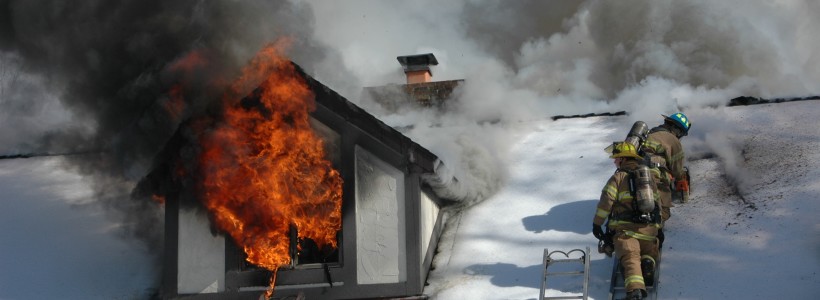
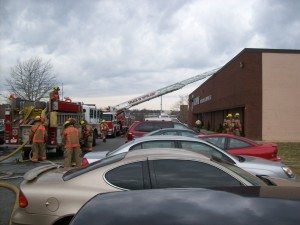
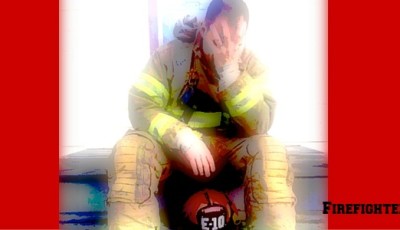

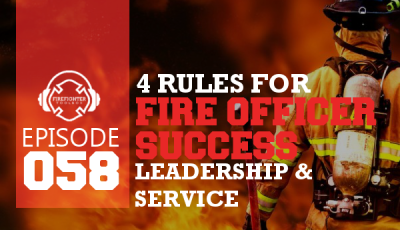
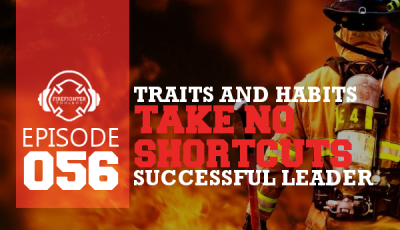





Unfortunately the two departments one career and one vol. I work for do not have riding assignments, I have addressed this issue several times and on multiple attempts even made a presentation on how it should be done but to no avail the captains complain it takes away their ability to lead code for they cant micro manage anymore. I will however keep trying and pushing until it happens I think it is very valuable and a much needed tool. thanks for sharing.
Robert,
Keep on fighting the good fight. I battled for years back in the 90’s to implement this practice. Once it was done and everyone trained and practiced it, it caught on like wildfire. Feel free to share my thoughts with your powers that are and I have no issues trying to educate them to the benefits. Good luck and keep learning.
Mike
I love the thought on having per assigned assignments and seats always. It gives you a plan and leaves no confusion on what should be getting done. There is no time to be figure out who should be doing what when we get on scene. The problem at my department is that we are combo and run on avg 4-6 guys first due and are truck ops are usally the driver and one other jump seater. If we are lucky we get 2 rigs first due togethter and can have 3-4 guys dedicated to truck group. We have auto aide agreements and get about 3-5 apparatus with 15-20 guys plus chiefs for most workers. I would love to hear your thoughts on intergrating truck ops groups for minimal staffing deparmtents and crews.
Vinnie, Thanks for the feedback. My department in Carroll County Maryland was a combination department. That is where I first instituted this practice. We had a paid driver and anywhere from 3 to 6 volunteers on the rig. We not only trained on the assignments, I posted a laminated list at each seat position that identified the functions and tools. As for putting this together on the fly with multiple crews or personnel, that is tough. The only suggestion I have is develop a SOG and train on it with everyone. Fell free to email me with some more specifics if i didn’t give you the information you are looking for.
Be safe!!
Mike
Im a rookie firefighter currently on my first assignment at a truck company. In my dept the riding assignments vary depending on what number arriving truck you are. 1st due is assigned the task of forcible entry, and primary search. All members are in the structure usually split into 2 teams. 2nd due truck is ventilation. They get to the roof and when there is a line inplace ready to knock down the fire or if the line is already battling and they need relief this truck crew opens thd roof. Then they proceed as deemed by the I/C. 3rd due is our FAST (R.I.T.) team. Now every member of a truck company all over the dept has to know all three of these varying assignments. No one truck is always 1 or 2 or 3. Along with these tasks the truck is also used for EMS calls if there isnt an engine available in the district. But Thank You for you insight and valuable information